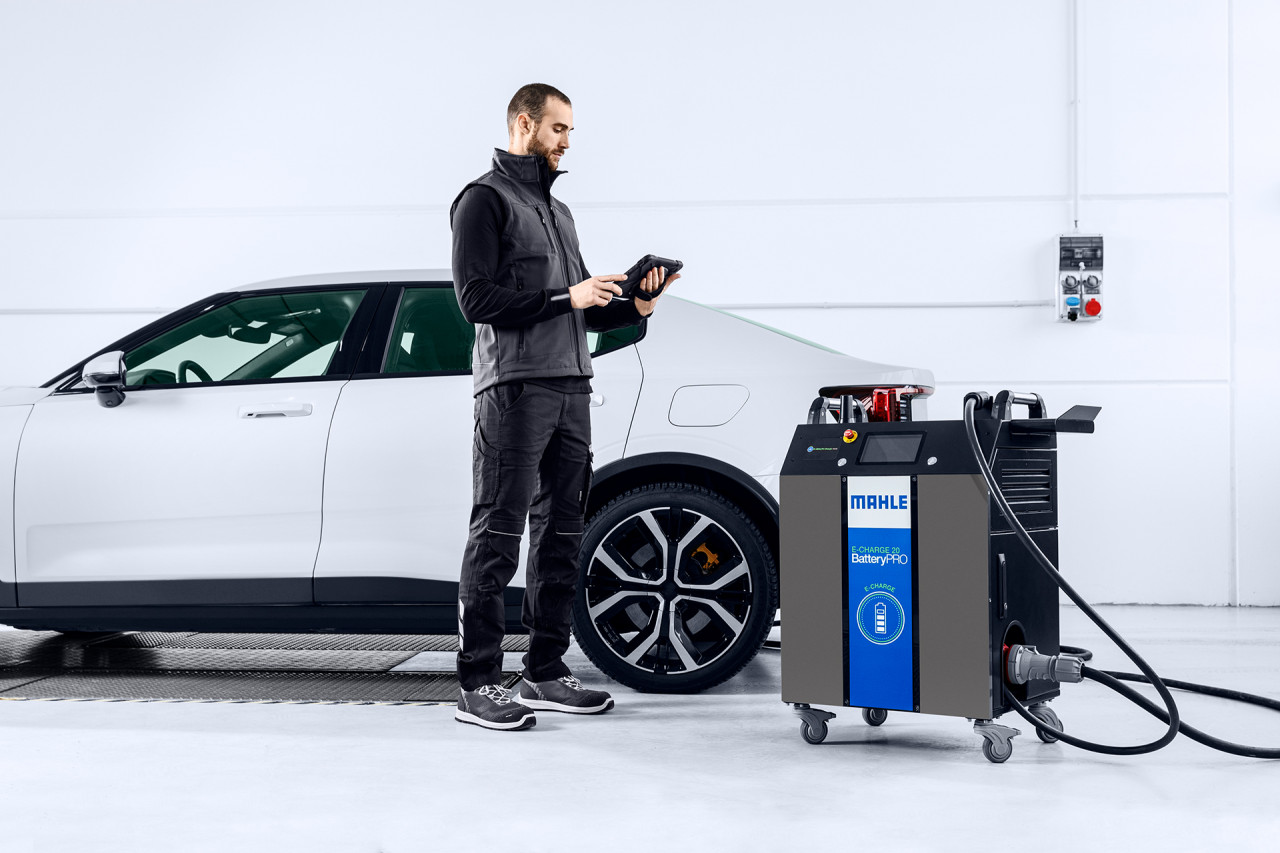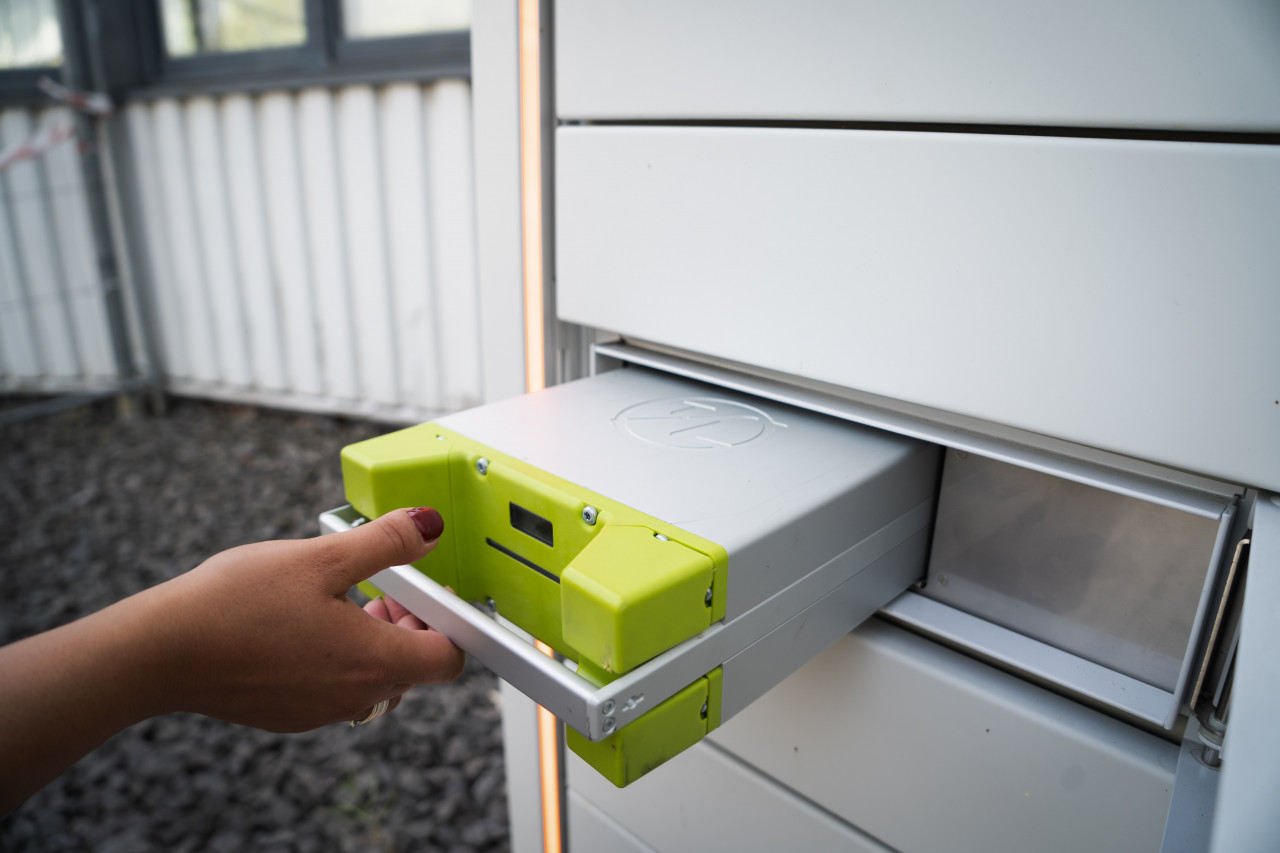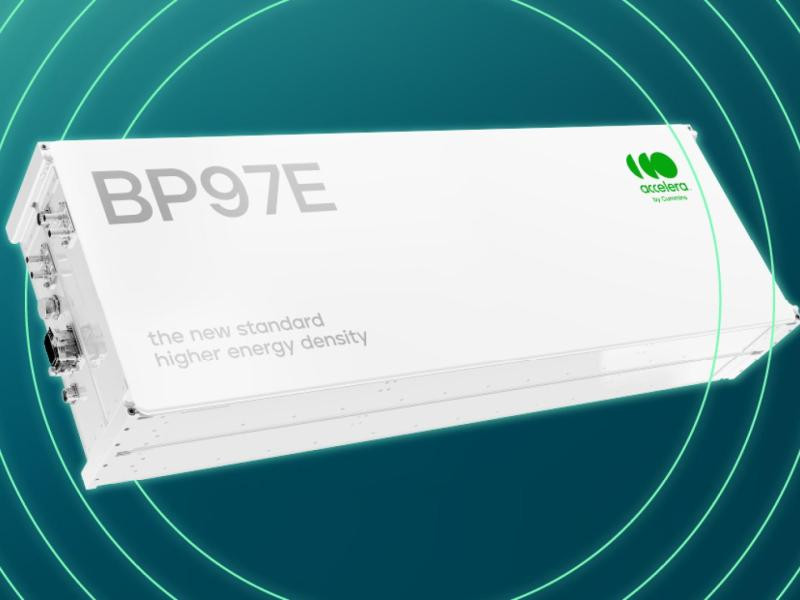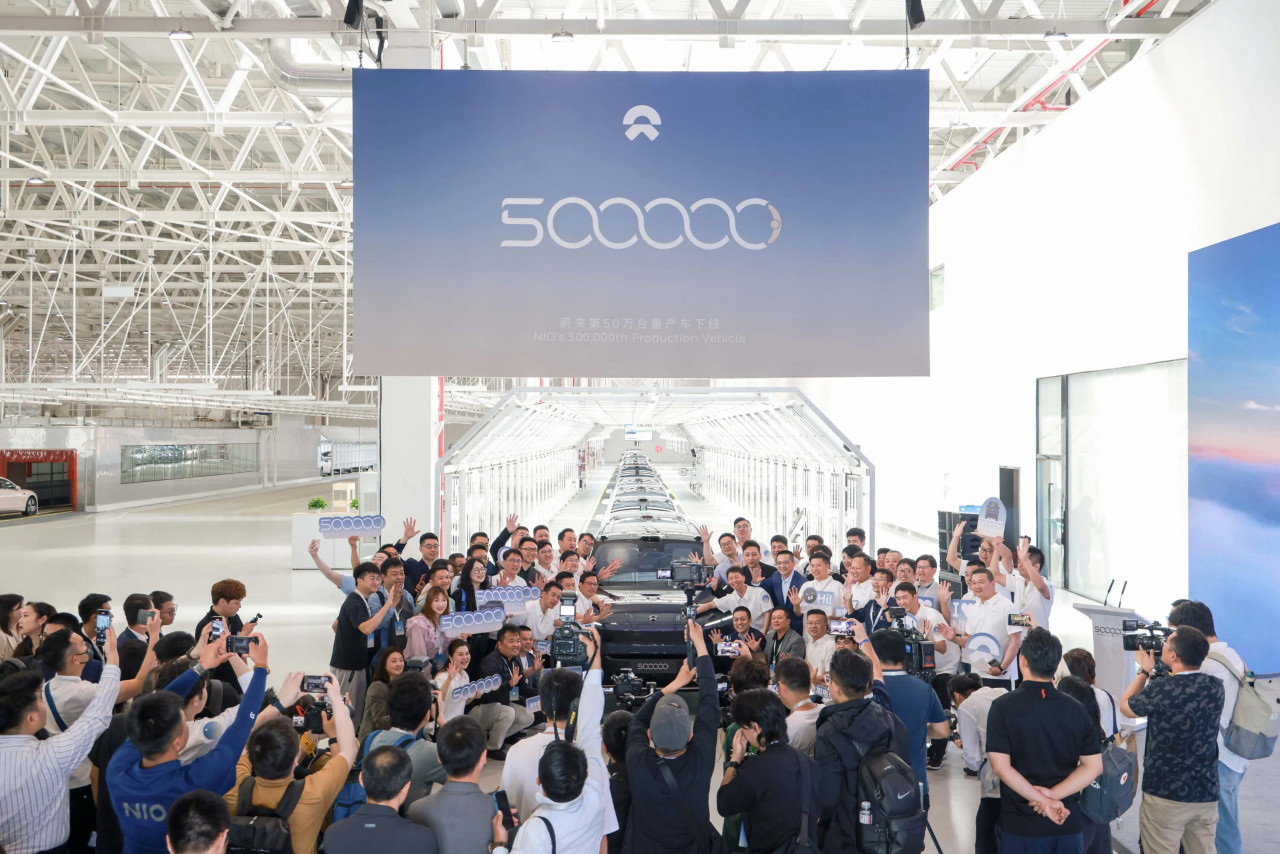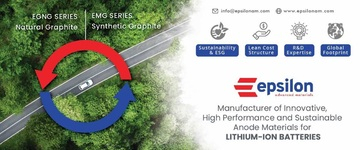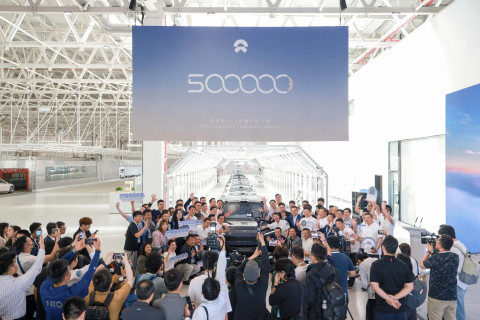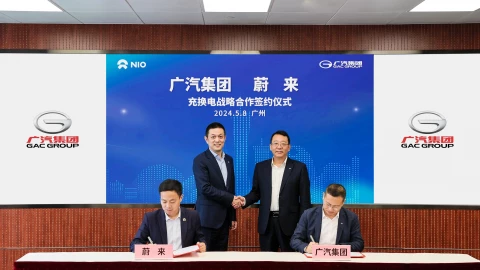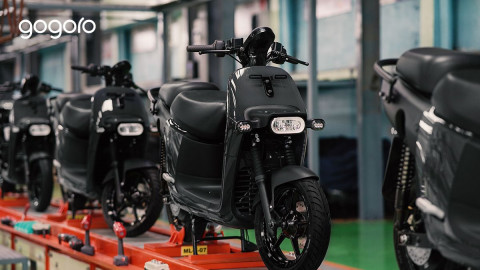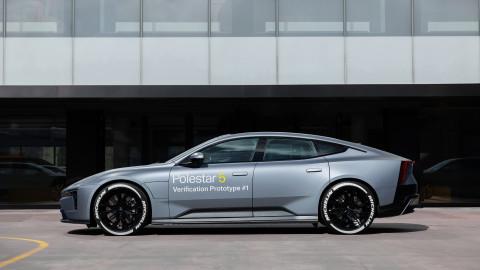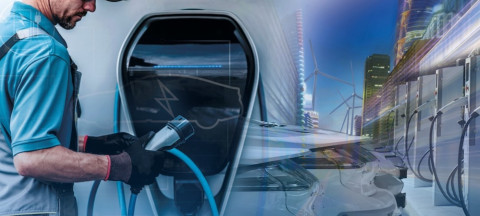Decarbonizing transport: Vehicle Scrappage Policy
The recently announced voluntary vehicle scrappage policy could be instrumental not only in eliminating high co2 emitting old vehicles but also in fast-tracking shift to e-mobility and the circular economy.
The idea of scrapping and recycling old, end-of-life-vehicles (ELV) is fast gaining momentum in India. In the Union Budget 2021-22, Finance Minister Nirmala Sitharaman announced several pathways for reducing air pollution in the country, including a Voluntary Vehicle Scrappage Policy to phase out old and unfit vehicles. The use of old vehicles is estimated to cause 10-12 times more pollution compared with the new ones. As per the announcement, all the vehicles in India will have to undergo fitness tests at automated fitness centers (after 20 years in case of personal vehicles, and after 15 years in case of commercial ones).
Welcoming the Scrappage Policy, Nitin Gadkari, the Union Minister for Road Transport & Highways and MSMEs explained that the policy would cover an estimated 51 lakh light motor vehicles (LMV) above 20 years of age, 34 lakh LMVs above 15 years, and 17 lakh medium and heavy motor vehicles above 15 years, and currently without valid fitness certificates.
Mr. Gadkari also mentioned that the scrappage policy would lead to new investments of around ₹10,000 crore and create 50,000 jobs in the economy. While the details of the policy are expected to be out by mid-February, industry stakeholders and climate experts have both hailed the policy announcement alike.
Customized Energy Solutions expert, Harsh Thacker said that the announcement of Vehicle Scrappage Policy is likely to provide a boost to vehicle sales across all the segments, especially two-wheelers.
"The Federation of Automobile Dealers Associations has estimated that it will lead to the scrapping of over 80 lakh vehicles across the country, however, other auto experts have estimated that this number can be much higher if the policy is implemented efficiently," Mr. Thacker added.
He highlighted that as the percentage of EV models increases, the scrappage policy is likely to have a positive impact on EV sales too.
Disposing of old vehicles
Old, legacy vehicles are used widely across India. While a quantitative assessment of legacy fleet is a challenge, a joint study conducted by CPCB (Central Pollution Control Board) and GIZ (Deutsche Gesellschaft für Internationale Zusammenarbeit) in 2016, revealed that India would have over 2 crore end-of-life-vehicles by 2025 – with 2Ws accounting for about 80 percent of the total ELVs.
Further, the International Energy Agency (IEA) estimates that the global 4W fleet is expected to double by 2050. This trend will also reflect in India, which means a rising number of old, obsolete 4Ws could pose a serious public health concern unless policies are put in place and effectively implemented.
Studies indicate, old diesel trucks used in India for transportation of goods and cargo, meeting BS (Bharat Stage) Emission Standard I norms emit 36 times more particulate matter (PM) compared to BS-VI compliant trucks.
Existing measure to tackle air pollution
In April last year, India officially shifted to the BS-VI vehicular emission norms from the then-existing BS-IV.
BS-VI is equivalent to EURO6 norms – European emission standards that regulate gasoline and diesel vehicles and puts tough limits on emissions to produce ever-lower levels of exhaust pollutants that impact air quality.
While the hasty jump into BS-VI norms caught the auto manufacturing industry unprepared, sending major auto manufacturers scrambling to launch their vehicles with BS VI-compliant engines or upgrade their existing models with BSVI powertrains – what it did ensure was that there were strict parameters of emissions allowed out of a motor.
With the introduction of BSVI norms, India joined the small band of Asia-Pacific nations, including Japan, South Korea, Hong Kong, Australia, New Zealand, Philippines, and China implementing tougher emission norms.
Further, the National Clean Air Programme (NCAP) launched by the government of India to meet the target of 20-30 percent reduction in particulate matter pollution by 2024 has witnessed several cities implementing clean air action plans to meet the National Ambient Air Quality Standards. These States have also included phase-out strategies for old vehicles as air pollution mitigating strategy. In some other States, the judiciary has directed action to curtail air pollution – for instance, the Supreme Court in Delhi and NCR region, High Court of Kolkata, and National Green Tribunal in other regions have issued certain guidelines to cap the age of the old vehicles for a phase-out.
States of Maharashtra and Karnataka have also put in place a 'green tax' that increases as the vehicles age with the aim to disincentivize old vehicles.
Reusing auto waste
While the Scrappage Policy will be instrumental in eliminating high CO2 emitting old vehicles, it would also help reuse a great part of the heaps of auto waste. For instance, auto parts including steel, plastic and other metals and materials, can be recovered and brought back in use after a vehicle is scrapped. The Vehicle Scrappage Policy can build this circularity.
Studies indicate scrappage of vehicles could also benefit the market for spare parts to meet the demand for specific spare parts for the on-road fleet. The used-vehicle market may require certain spare parts of vehicles and models that may not be in the industry anymore.
According to an estimate by the Federation of Indian Chambers of Commerce (FICCI), ELVs have the potential to generate 8 million tons of steel that can be extracted in India by 2025. This can be a significant opportunity for India as we are major consumers of steel -- a good percent of which is used by the automobile sector – thereby substituting imports and improving the country's balance of payment.
Boost in the sale of EVs
What several experts and industry leaders believe is that the implementation of Vehicle Scrappage Policy could also have a positive impact on the uptake of EVs in India if the right incentives are put in place.
The Ministry of Road Transport and Highways (MoRTH) was to announce the details of the scrappage policy within 15 days of its announcement in the budget session.
ETN connected with leading industry players for Budget 2021-22 reactions, following are their views on the Vehicle Scrappage Policy.
Chetain Maini, Chairman & Co-founder - SUN Mobility
Implementation of the Scrappage policy is a good move, which can be further enhanced by providing additional incentives for replacing old vehicles with electric ones, instead of other ICE vehicles, for driving mass EV adoption.
Gurpratap Boparai, MD - ŠKODA AUTO Volkswagen India Pvt Ltd.
Increased outlays in the road sector, infrastructure development, and the introduction of the voluntary vehicle scrappage policy will not only create a safer and environment-friendly auto sector but also drive replacement demand in the sector.
Kenichi Ayukawa, President - Society of Indian Automobile Manufacturers (SIAM)
A good macro-economic growth will translate to good demand for the auto sector. The industry awaits the details of the Vehicle Scrappage scheme and requests that fitness testing and certification should be much earlier and at frequent intervals to ensure safety, environmental friendliness, and fuel-saving.








